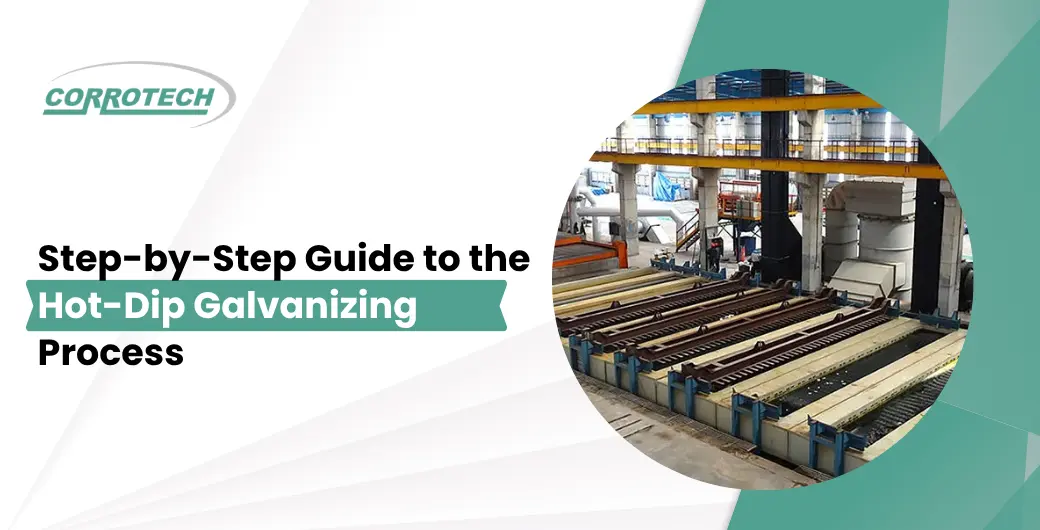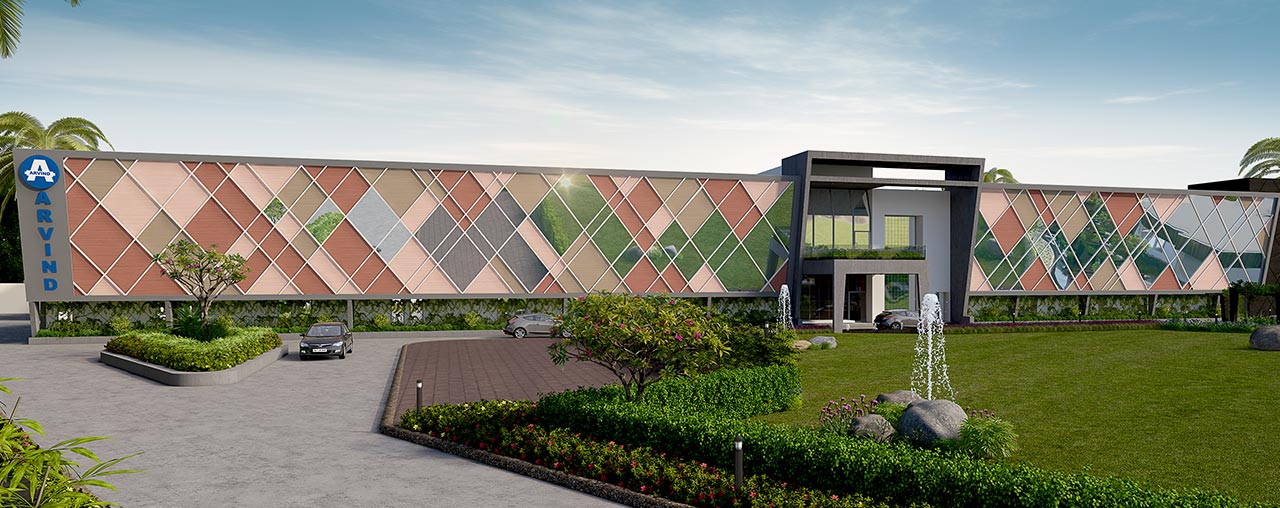
In the modern industrialized world, corrosion resistance and durability are among the highest priorities for producers in industries. Among the best and most popular ways of protecting steel and iron from corrosion is hot-dip galvanizing. This has been a trusted method for decades because it can increase the life span of metal parts, and hence it is an affordable and dependable option. If you are looking into the advantages of galvanizing for your enterprise, getting to know the procedure in detail is mandatory. As one of the leading hot-dip galvanizing plant manufacturers, we present a detailed step-by-step guide to the galvanizing process.
What is Hot-Dip Galvanizing?
Hot-dip galvanizing refers to applying a layer of zinc to steel or iron by sinking it in molten zinc. The protective coating of zinc resists rust and harsh weathering attacks. In contrast to paint or powder coatings, the zinc coating metallurgically bonds to the base metal, providing longer service lifespan even under extreme conditions.
Step 1: Surface Preparation
The initial and most important step in hot-dip galvanizing is surface preparation of the steel. All impurities such as oil, dirt, paint, or rust need to be removed to achieve effective bonding of the zinc coating.
Degreasing: The steel is degreased in a caustic solution for the removal of oil, grease, and organic impurities.
Pickling: Following degreasing, the material is submerged in a dilute acid bath (typically hydrochloric or sulfuric acid) to remove rust and mill scale.
Fluxing: Lastly, the steel is immersed in a flux bath (zinc ammonium chloride) which inhibits oxidation prior to dipping into the molten zinc bath.
This strict cleaning process makes the steel surface perfectly reactive for galvanizing.
Step 2: Immersion in Molten Zinc
After the steel has been cleaned and fluxed, it is immersed in a hot molten bath of zinc at about 450°C (840°F). As it is engaged, the zinc reacts with the iron content in the steel to develop many layers of a zinc-iron alloy. This metallurgical bond results in an extremely hard and rugged protective layer.
The duration of immersion alters with the thickness of the steel but usually takes a matter of minutes to achieve total coverage.
Step 3: Zinc Coating Formation
As the steel comes out from the molten zinc, the coating solidifies and creates a set of intermetallic layers on top of which a layer of pure zinc is formed. These layers are important to offer both barrier protection and sacrificial protection:
Barrier Protection: Keeps corrosive substances away from the base metal.
Sacrificial Protection: Even when the coating is scratched, preferential corrosion of zinc shields the underlying steel.
Step 4: Cooling and Inspection
The galvanized steel is cooled in water or air after immersion. After cooling, it is subjected to a thorough inspection to check whether coating thickness,consistency, and adhesion conform to quality requirements. Non-destructive testing techniques such as magnetic gauges are used to measure coating thickness.
If imperfections like bare areas or irregular layers are encountered, the material can be re-galvanized to meet the quality required.
Advantages of Hot-Dip Galvanizing Process
Hot-dip galvanizing has many advantages over other corrosion protective processes:
Long Lifecycle: Offers protection lasting decades, even in extreme outdoor conditions.
Cost-Effective: Less maintenance needs keep lifetime costs low.
Durability: Resistant to mechanical damage, abrasion, and weathering.
Complete Coverage: Provides even internal surfaces and difficult-to-reach areas with a coat.
Sustainability: Zinc is recyclable, hence an environmentally friendly option.
Applications of Hot-Dip Galvanizing
The flexibility of galvanized steel makes it ideal for a broad spectrum of industries, including:
Construction: Beams, columns, guardrails, and roofing members.
Automotive: Chassis, body components, and safety barriers.
Agriculture: Fencing, irrigation pipes, and silos.
Power & Energy: Transmission towers, solar panel frames, and pipelines.
Infrastructure: Bridges, highways, and railway members.
Why Choose a Trusted Hot-Dip Galvanizing Plant Manufacturer?
Investing in galvanizing machinery requires choosing the right hot dip galvanizing plant manufacturer to make it worthwhile. A top manufacturer provides advanced technology, accurate-engineered machinery, and support from the ground up that guarantees smooth and consistent galvanizing operations.
From designing complete tanks and plants to ensuring compliance with global quality standards, the right partner provides solutions customised to your specific industry requirements. Choosing carefully not only enhances productivity but also guarantees long-term durability, sustainability, and cost-effectiveness for your business.
Conclusion
Hot-dip galvanizing is a time-tested method that combines science and durability to protect steel against corrosion. By understanding the step-by-step process, from surface preparation to final inspection, you can appreciate the unmatched trust it offers across industries. For businesses looking for quality, performance, and long-term protection, working with a trusted hot dip galvanizing plant manufacturer is the key to success.
Arvind Corrotech Ltd is your trusted partner, providing solutions to international standards that assist businesses in attaining sustainable growth while providing longer product lifespan.

